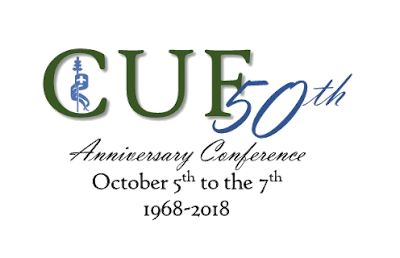While Pontian was enduring all that, he met another Christian who had been exiled to Sardinia – Hippolytus – who had been a Catholic priest in Rome. Actually, this wasn’t the first time they had met; in fact, Hippolytus was a fierce rival to Pontian. Hippolytus thought that Pontian the pope was too easy on those who had been trying to water down the faith. He spoke out against Pontian whenever he could, and in fact, Hippolytus gathered around him a group of followers who said that Pontian wasn’t really suitable to be the pope, so they proclaimed Hippolytus to be the pope. Hippolytus led many Christians into schism, claiming that only the really good people could be members of the Church. He taught that Christians should be completely separate from the world, and should have nothing to do with anyone who might sin – naturally, Hippolytus and his followers never thought that they were sinners. This, of course was a heresy.
The emperor didn’t care what differences these two men might have – as far as he was concerned, they were both part of the Church, and since Hippolytus seemed to be a trouble-maker, he was sent off to Sardinia to work in the mines. As Pontian and Hippolytus were brought together as two prisoners, Hippolytus came to realize how wrong he had been about Pontian. He confessed his errors to Pontian, and the two became friends and companions in their suffering. Both of them were worked to exhaustion, and beaten unmercifully, until both of them died – rivals and enemies when they were free, but friends and fellow Catholics when they were facing death. Both of them are numbered with the martyrs of the Church – Catholic who refused to deny Christ, and whose death gave witness to the power of God.
Grant, we beseech thee, Almighty God: that we, who on this day devoutly observe the festival of thy holy Martyrs, blessed Pontian and Hippolytus, may thereby increase in godliness to the attainment of everlasting salvation; through Jesus Christ thy Son our Lord, who liveth and reigneth with thee, in the unity of the Holy Spirit, ever one God, world without end. Amen.





















